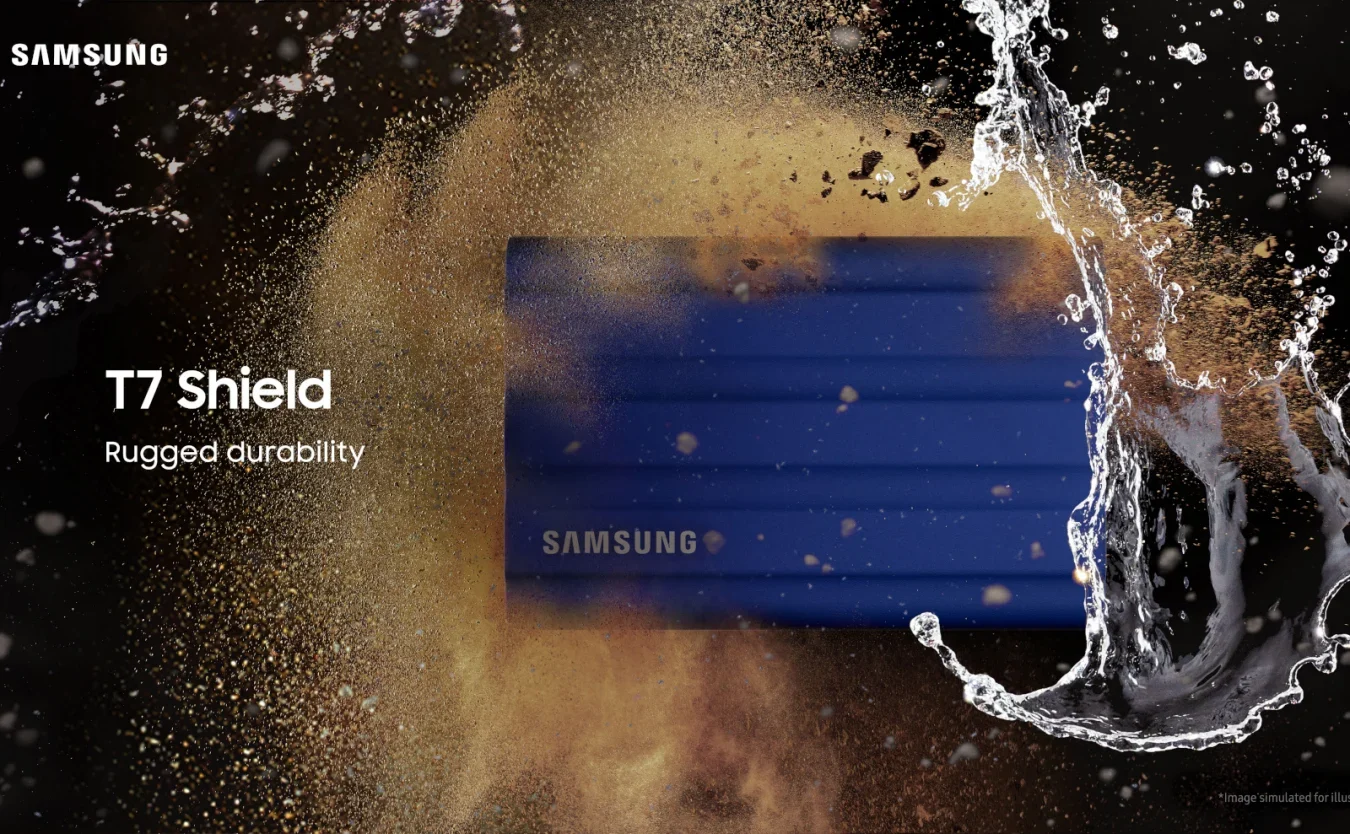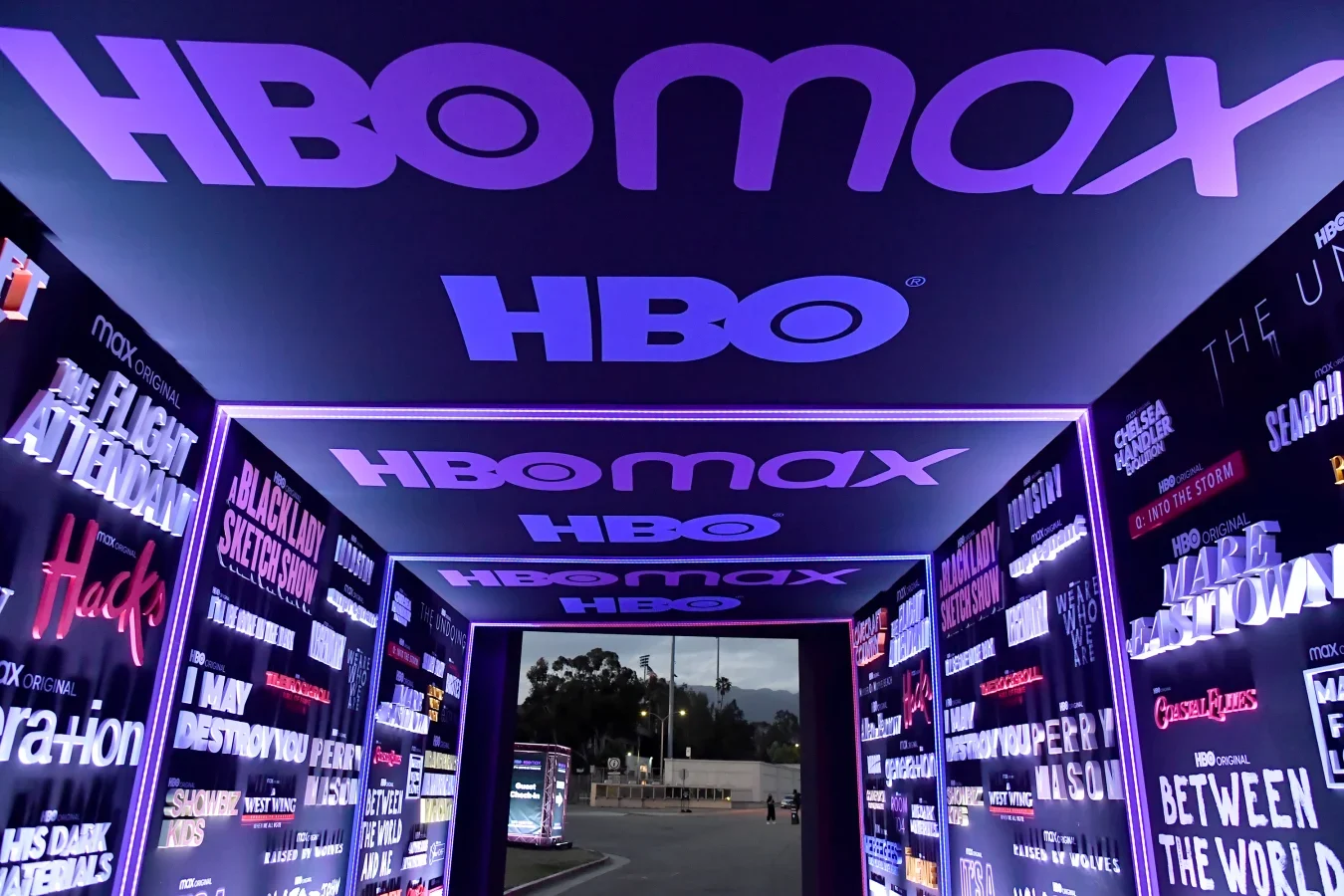Anker’s Soundcore audio brand has revealed yet more products. Among them are the Liberty 4 earbuds, which can track your heart rate. The heart rate sensor is in the right earbud, so you’ll need to wear that one to use the feature. When it’s measuring your blood oxygen levels, the earbud will emit a red light. Soundcore hasn’t disclosed the waterproof rating, which is odd given that heart-rate tracking functions are closely linked to workouts.
Soundcore says an algorithm can tune the spatial audio function depending on whether you’re watching a movie or listening to music. The earbuds offer dynamic head tracking too. Soundcore is using a gyroscope to ensure sound always surrounds you. In addition, Liberty 4 offers adaptive noise canceling (which automatically adjusts noise cancellation levels based on environmental audio) and personalized sound.
You’ll get up to nine hours of use on a single charge, Soundcore claims, and 28 hours in total before you need to top up the charging case’s battery. These figures drop to five and 15 hours with spatial audio on, and seven and 24 hours when ANC is enabled. That said, Soundcore says you’ll get up to three hours of use after charging for 15 minutes.
In addition, there’s multipoint connectivity, so you can pair Liberty 4 to your computer and phone at the same time over Bluetooth. The $150 earbuds come in white or black colorways. You can buy Liberty 4 direct from Soundcore now and other retailers in October.
Soundcore has also unveiled new sleep earbuds. It says the Sleep A10 buds can block out up to 35dB of noise thanks to a four-point noise masking system.
Unlike Bose Sleepbuds 2, which only allow you to listen to sleep sounds from a certain app, you can play any audio through Sleep A10 via Bluetooth. Soundcore says its earbuds have dynamic drivers designed to deliver low-frequency sound that induces sleep. Crucially, the earbuds are seemingly comfortable for folks who sleep on their side. They have ear wings and twin seal ear tips to help keep them snug in your ears during the night.
Other features include sleep monitoring and a personal alarm clock. Anker claims the buds have a battery life of up to 10 hours, so they should be able to help wake you up in addition to lulling you to sleep. The Sleep A10 buds, which cost $69 less than Bose’s Sleepbuds 2, are available from Soundcore’s website for $180.


